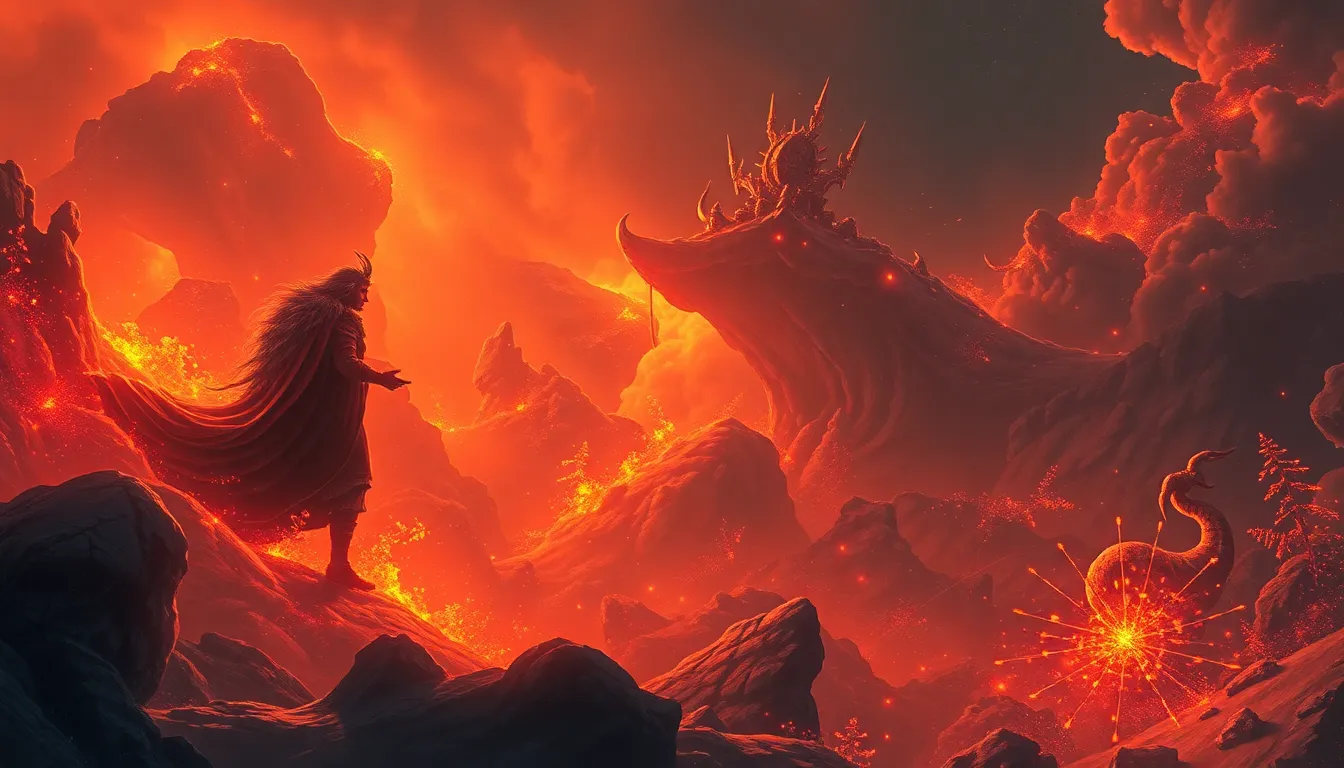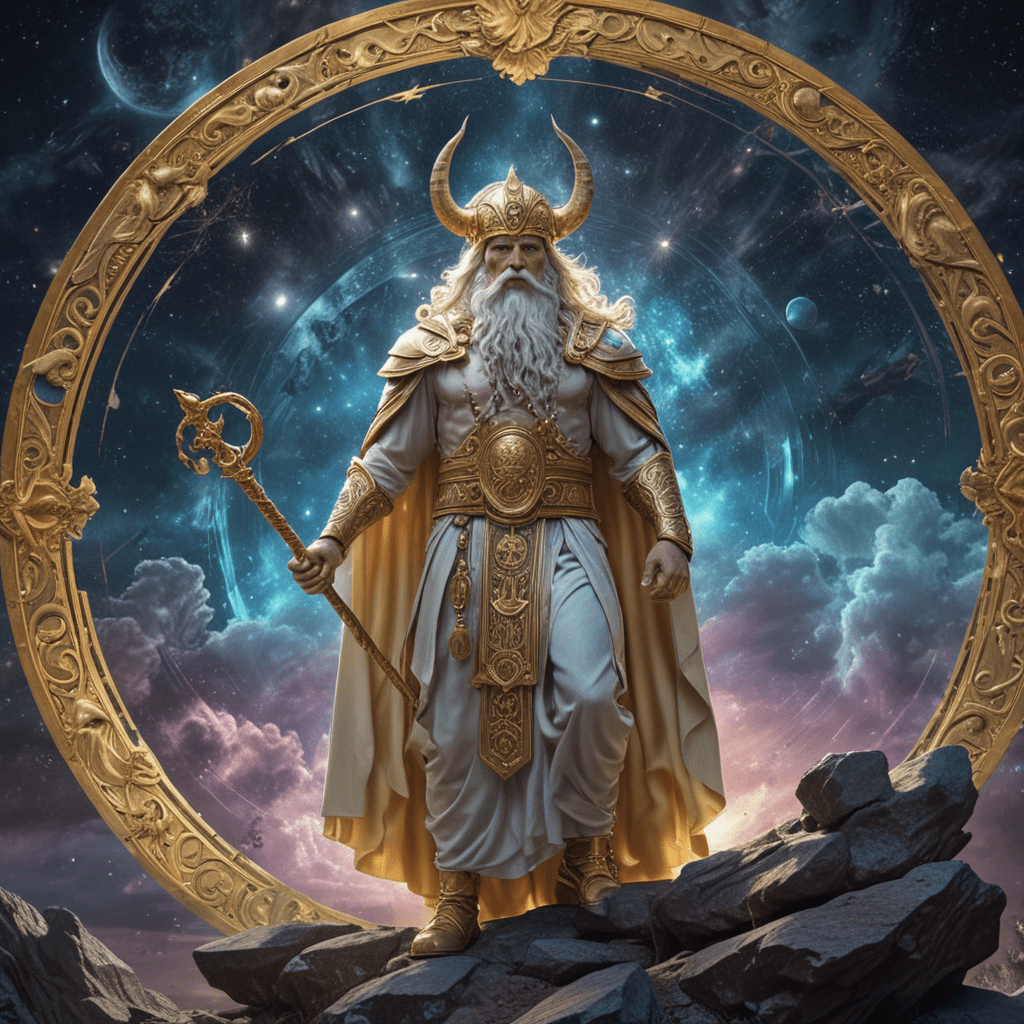The Legend of the Faerie Ring: A Magical Artifact of Enchantment
Introduction to the Faerie Ring
The faerie ring is a captivating natural phenomenon that has captured the imagination of many cultures throughout history. Defined as a circular formation of mushrooms or a ring of grass that grows in a distinctive pattern, faerie rings are often shrouded in mystery and folklore. These magical formations are believed to be gateways to the world of faeries, enchanting beings that inhabit the realms beyond our own. In the rich tapestry of folklore and mythology, faerie rings hold a significant place, symbolizing nature’s magic and the unseen forces at play in the world.
Historical Origins of the Faerie Ring
The origins of faerie rings can be traced back to various ancient texts and oral traditions. The earliest recorded mentions appear in Celtic and Norse mythology, where they were often associated with the fairy folk and their mystical practices. In Celtic culture, the faerie ring was believed to be a sacred space, a place where the faeries danced and celebrated their existence. The Norse also had similar beliefs, where these rings were seen as a marker of the faerie realm.
Throughout Europe, from Ireland to Scandinavia, faerie rings served as cultural touchstones, embodying the relationship between humanity and the supernatural. They were often seen as omens, with the potential to bring either good fortune or dire consequences, depending on how one interacted with them.
Characteristics and Formation of Faerie Rings
Faerie rings typically manifest as a circular patch of grass that is greener and often taller than the surrounding area, or as a ring of mushrooms. The physical appearance of these rings can vary widely, from small circles to expansive formations.
- Grass Rings: These rings are characterized by lush, vibrant grass that grows in a circular pattern.
- Mushroom Rings: Often composed of various species of fungi, these rings appear overnight, creating a striking visual effect.
The formation of faerie rings can be attributed to natural phenomena such as the growth patterns of fungi. The mycelium, the underground network of fungal threads, can spread outwards in a circular pattern, leading to the appearance of mushrooms at the edges. However, folklore attributes their existence to the magical activities of faeries, further enriching the narrative surrounding these enchanting formations.
Symbolism of Faerie Rings in Mythology
In mythology, faerie rings are often seen as portals to other realms, connecting the mortal world with the enchanted domain of faeries. They symbolize the thin veil between reality and fantasy, where the mundane meets the magical. The themes associated with faerie rings include:
- Nature: Faerie rings represent the beauty and intricacy of the natural world.
- Magic: They embody the enchantment that exists beyond human perception.
- Supernatural: Faerie rings serve as reminders of the mystical beings that share our world.
The Role of Faeries and Other Creatures
Faerie rings are closely associated with various types of faeries, each with unique characteristics and roles in folklore. Commonly linked faeries include:
- Pixies: Mischievous creatures known for their playful nature.
- Elves: Graceful beings often depicted as guardians of nature.
- Sprites: Tiny, ethereal creatures that embody the spirit of the elements.
In addition to faeries, other mythical beings such as elves and dryads are often linked to the lore surrounding faerie rings, reinforcing their association with the natural world and the magical forces that inhabit it.
Legends and Folklore Surrounding Faerie Rings
Throughout history, countless legends have emerged about faerie rings, each conveying lessons about respect for nature, the consequences of curiosity, and the importance of the unseen realms. Some notable tales include:
- The Enchanted Dance: A tale of a mortal who enters a faerie ring and is drawn into a mesmerizing dance, only to find that time has passed differently in the faerie realm.
- The Warning: A story cautioning travelers to avoid stepping into faerie rings, lest they attract unwanted attention from the faerie folk.
These stories often carry morals about the balance between the human world and the enchanting mysteries that lie beyond, urging respect and caution in the face of the unknown.
Cultural Variations: Faerie Rings Around the World
Faerie rings have cultural counterparts across the globe, each with unique interpretations and beliefs. For instance:
- Europe: In many European cultures, faerie rings are often seen as places of danger, where one might encounter mischievous spirits.
- Asia: Some Asian cultures have similar phenomena, associating circular patterns in nature with spirits and supernatural beings.
- Africa: In certain African traditions, faerie rings are linked to ancestral spirits and are respected as sacred spaces.
These variations highlight the universal fascination with the mystical aspects of nature and the stories that arise from them.
Modern Interpretations and Popular Culture
In contemporary society, faerie rings continue to inspire artistic expression and storytelling. They appear in various forms of media, including:
- Literature: Fantasy novels often depict faerie rings as gateways to magical realms.
- Films: Many films explore themes of enchantment and faerie lore, utilizing rings as symbols of magic.
- Art: Artists frequently draw inspiration from the ethereal beauty of faerie rings, capturing their mystery in visual form.
While modern interpretations may differ from traditional beliefs, they still evoke the same sense of wonder and curiosity about the magical forces of nature.
The Mystical Properties of the Faerie Ring
Throughout history, faerie rings have been attributed with various mystical properties. It was believed that entering a faerie ring could result in:
- Good Fortune: Some believed that stepping into a faerie ring could bring luck and blessings.
- Time Distortion: Legends suggest that time flows differently within a faerie ring, where hours could feel like minutes.
- Invisibility: It was thought that entering a faerie ring could render one invisible to the faerie folk.
Rituals and practices associated with faerie rings often involved offerings to appease the spirits and ensure safe passage through these enchanted spaces.
Conclusion: The Enduring Legacy of the Faerie Ring
The faerie ring remains a powerful symbol of the enchanting interplay between the natural world and the supernatural. Its presence in folklore and mythology serves as a reminder of the mysteries that surround us and the magic that exists in everyday life. As we explore the stories and beliefs surrounding faerie rings, we find a deep connection to our heritage and a source of inspiration that transcends time. In today’s society, faerie rings continue to captivate our imagination, urging us to embrace creativity, wonder, and the potential for magic in our lives.




